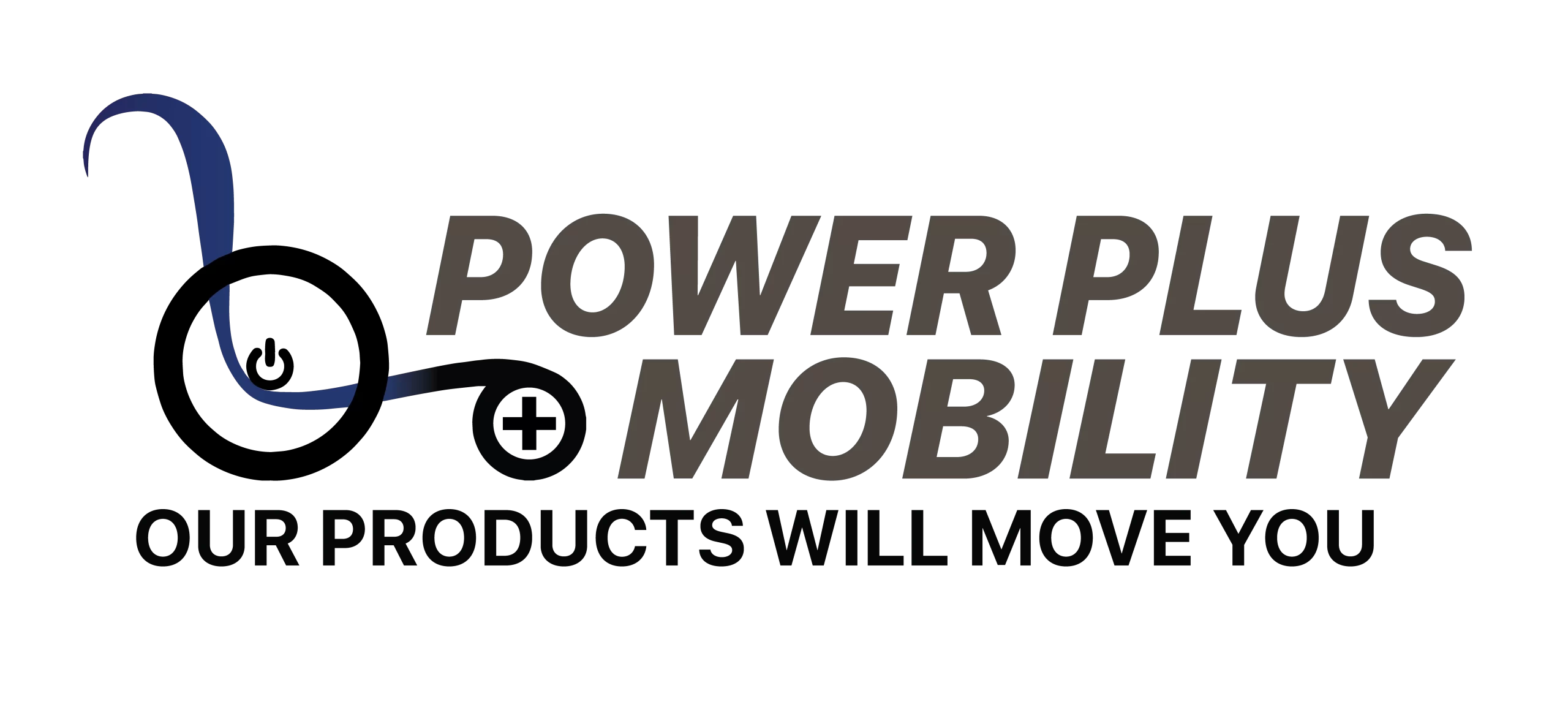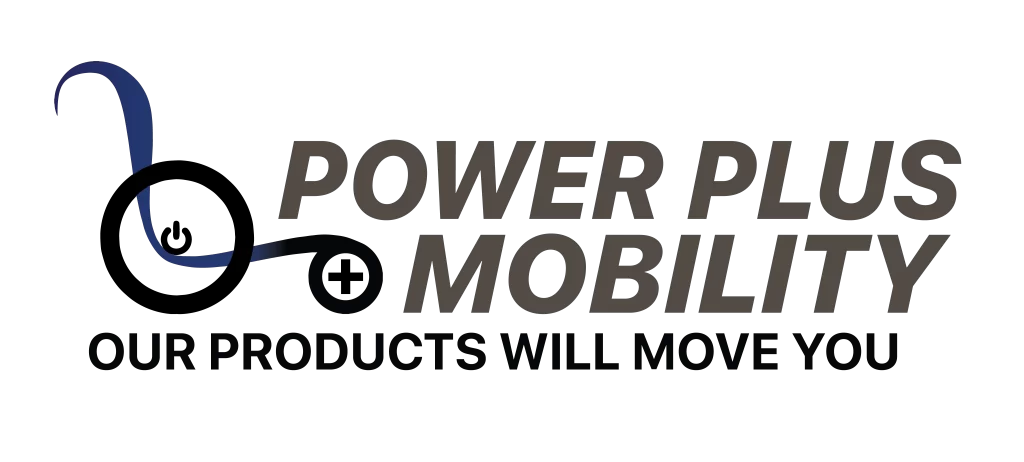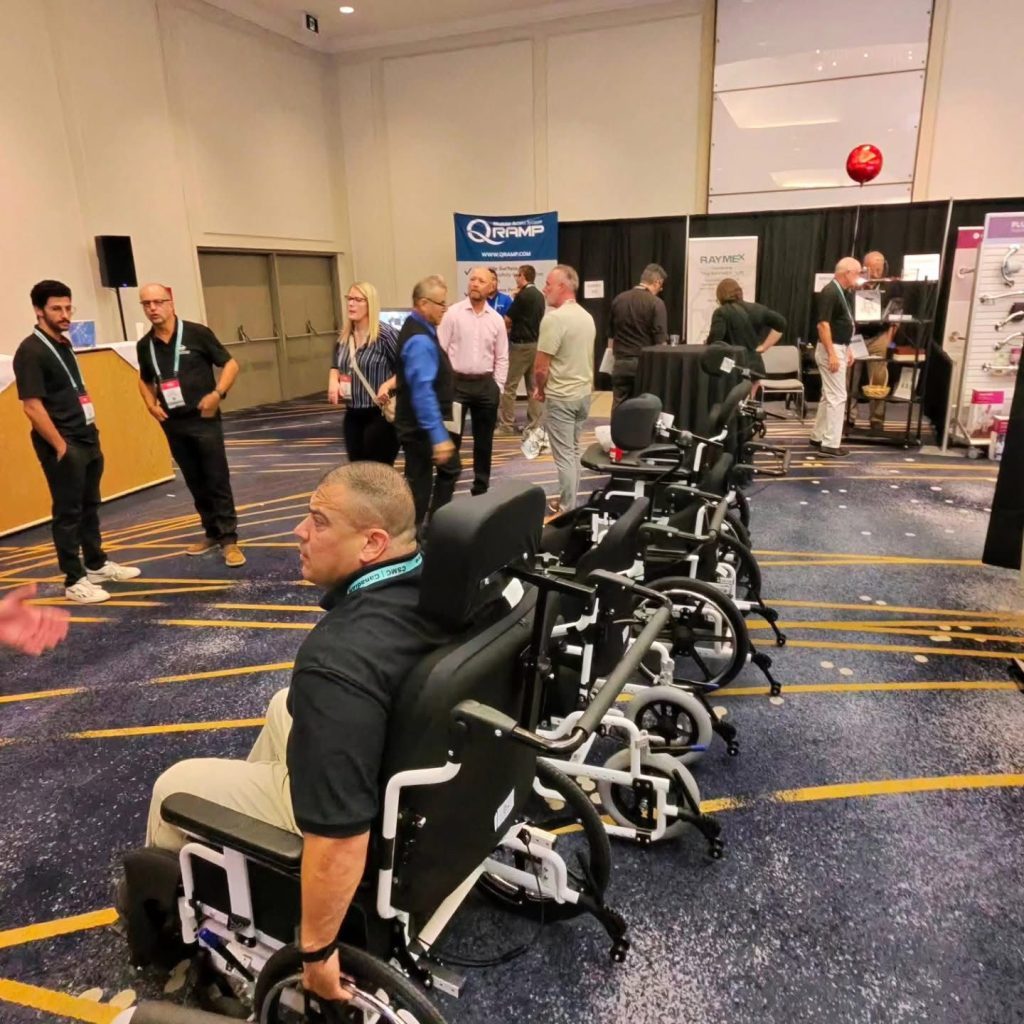
Starting your journey as a wheelchair user can feel overwhelming, but proper safety training and education form the foundation for confident, independent mobility. At Power Plus Mobility, our commitment to customer satisfaction extends beyond manufacturing quality wheelchairs to providing comprehensive education that ensures safe, effective use of your mobility equipment. The free training sessions and educational resources we offer reflect our understanding that technical excellence must be paired with user knowledge to achieve optimal mobility outcomes.
Wheelchair safety training encompasses far more than basic operation instructions. It involves developing comprehensive skills in wheelchair handling, environmental awareness, emergency procedures, and ongoing safety practices that protect both users and their equipment. Whether you’re a new wheelchair user or transitioning to different equipment, choosing the right wheelchair represents just the beginning of your mobility education journey.
Effective safety training creates confident, competent wheelchair users who can navigate various environments, handle unexpected situations, and maintain their equipment properly while minimizing risks and maximizing independence. This comprehensive approach to wheelchair education ensures that our “Welcome home!” philosophy extends to feeling at home with your mobility skills and safety knowledge.
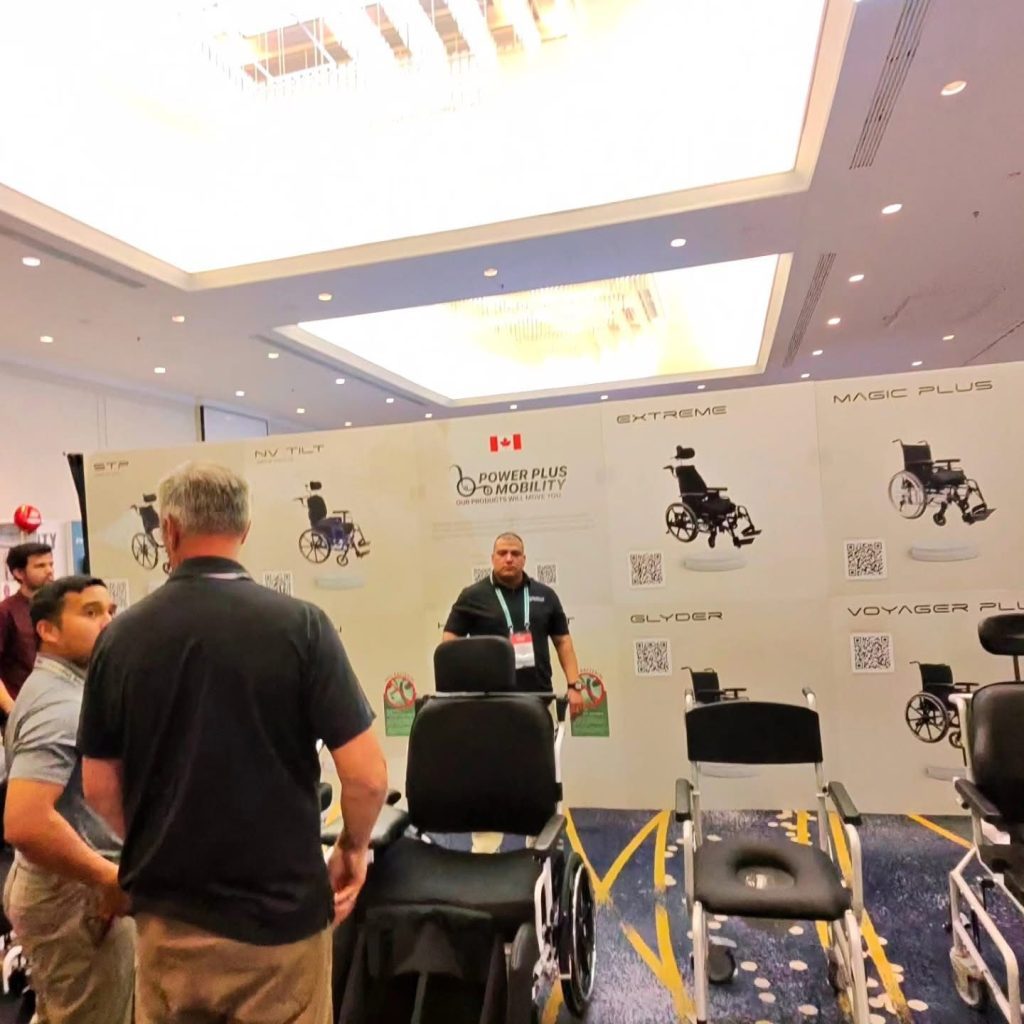

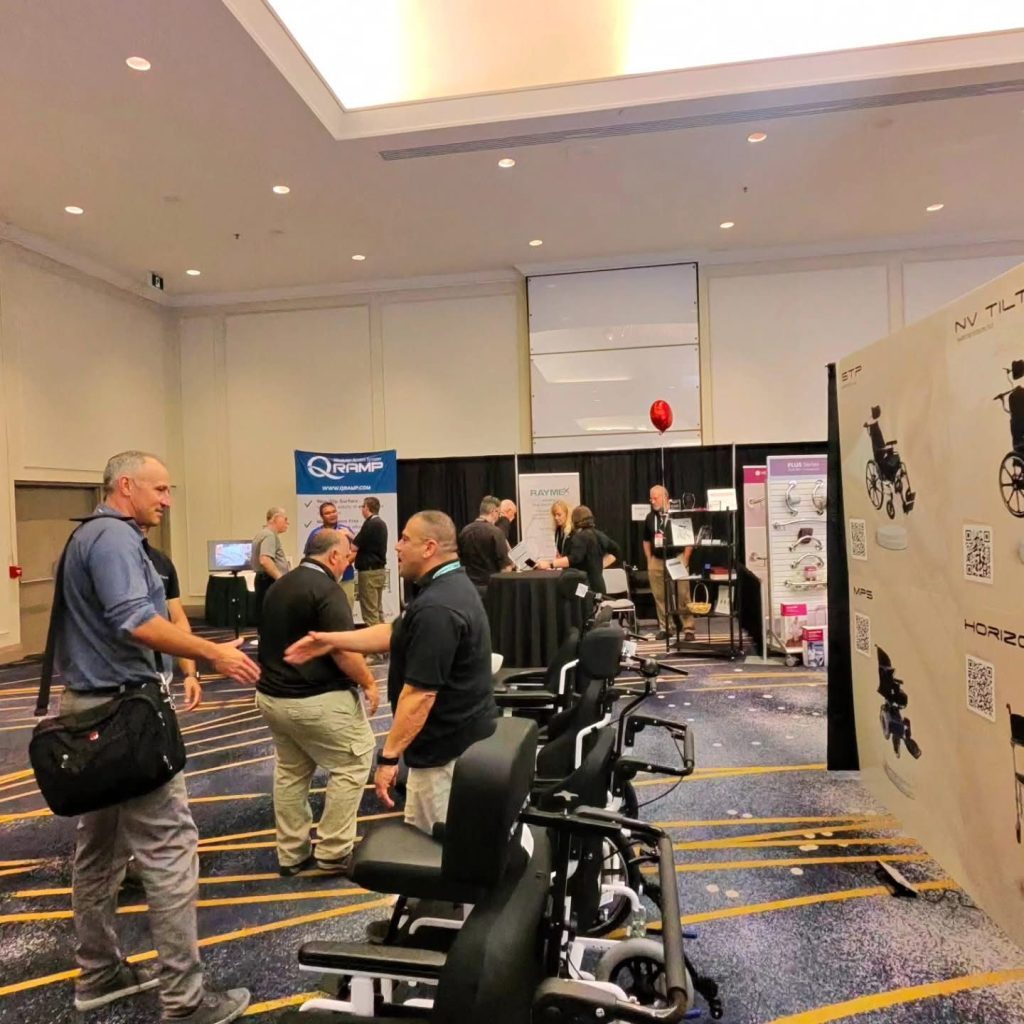


Fundamental Wheelchair Operation and Control
Safe wheelchair use begins with mastering basic operation techniques that ensure effective control while preventing accidents or equipment damage. These foundational skills apply regardless of wheelchair type but require specific adaptations based on manual versus power wheelchair operation.
Manual wheelchair propulsion techniques significantly impact both safety and long-term health outcomes. Proper stroke patterns, hand positioning, and momentum management help prevent repetitive strain injuries while ensuring effective movement control. Understanding how to modulate speed, navigate inclines, and maintain directional control prevents accidents while building confidence in various environments.
Braking techniques require careful attention in both manual and power wheelchairs, with different approaches needed for emergency stops, controlled deceleration, and parking on slopes. Manual wheelchair users must develop proficiency with wheel locks, hill-holding techniques, and momentum management, while power wheelchair users need to understand electronic braking systems, emergency stops, and terrain-responsive speed control.
Turning and maneuvering skills affect both safety and efficiency in confined spaces, crowded environments, and around obstacles. Understanding turning radius limitations, spatial awareness requirements, and positioning strategies helps prevent collisions while enabling confident navigation in challenging environments.
Power wheelchair users require additional training in battery management, speed control, and electronic system operation that affects both safety and equipment longevity. Proper wheelchair maintenance knowledge becomes particularly important for power wheelchair users whose safety depends on reliable electronic systems.
Transfer Safety and Techniques
Safe transfer techniques represent critical skills that affect daily independence while preventing injuries to users and caregivers. Proper transfer education addresses various transfer types, environmental considerations, and adaptive techniques that accommodate different physical capabilities and situations.
Independent transfer skills include bed transfers, car transfers, toilet transfers, and various seating transitions that wheelchair users encounter throughout daily activities. Each transfer type requires specific techniques, positioning strategies, and safety precautions that minimize fall risk while maximizing independence and confidence.
Equipment-assisted transfers utilize transfer boards, sliding sheets, mechanical lifts, or other assistive devices that enhance safety while reducing physical demands on users or caregivers. Understanding when and how to use transfer aids properly can significantly improve safety outcomes while maintaining dignity and independence.
Caregiver-assisted transfers require coordination, communication, and proper body mechanics that protect both wheelchair users and their assistants. Training for family members or professional caregivers ensures safe transfer techniques while reducing injury risk for all parties involved.
Environmental considerations affect transfer safety through surface stability, space availability, grab bar positioning, and obstacle identification. Developing awareness of transfer-friendly environments while learning to modify unsafe conditions helps ensure safe transfers in various settings.
When wheelchair repairs are needed, understanding alternative transfer techniques and backup strategies becomes crucial for maintaining safety when primary equipment is unavailable.
Environmental Navigation and Hazard Awareness
Safe wheelchair navigation requires comprehensive environmental awareness that identifies potential hazards while developing strategies for various terrain types, weather conditions, and architectural barriers. This awareness becomes particularly important in Canadian environments where weather conditions create unique safety challenges.
Surface awareness includes understanding how different flooring types, outdoor surfaces, and weather conditions affect wheelchair performance and safety. Wet surfaces, loose gravel, snow, ice, and uneven terrain each require specific navigation techniques and safety precautions that prevent accidents while maintaining mobility access.
Architectural barriers such as curbs, stairs, narrow doorways, and elevation changes require strategic planning and often alternative route identification. Understanding accessibility standards, building layout assessment, and barrier navigation techniques helps ensure safe access while avoiding potentially dangerous situations.
Crowd navigation skills become essential in busy public spaces where wheelchair users must maintain safety while managing interactions with pedestrians, vehicles, and other mobility device users. Developing awareness of sight lines, escape routes, and positioning strategies helps prevent accidents while ensuring comfortable public space navigation.
Weather-specific considerations take on added importance in Canadian environments where winter conditions, temperature extremes, and seasonal weather patterns significantly affect wheelchair safety and performance. Understanding how cold temperatures affect battery performance, how ice affects traction, and how winter clothing influences wheelchair operation helps ensure year-round safety.
Emergency evacuation procedures require special planning and training for wheelchair users who may face different challenges during fire, medical, or security emergencies. Understanding evacuation routes, emergency communication protocols, and assistance procedures helps ensure safety during crisis situations.
Canadian-Specific Safety Considerations
Canada’s diverse climate conditions, geographic variations, and regulatory environment create unique safety considerations that require specialized knowledge and preparation for optimal wheelchair use throughout the country.
Winter safety training addresses the multiple challenges posed by Canadian winters, including battery performance in cold weather, traction on snow and ice, building access during storm conditions, and emergency preparedness during severe weather events. These skills become essential for maintaining independence and safety throughout Canada’s challenging winter months.
Indoor air quality considerations during Canadian winters affect both comfort and health, particularly for wheelchair users who may spend increased time indoors during harsh weather periods. Understanding ventilation, humidity control, and air filtration helps maintain healthy indoor environments while supporting overall well-being.
Urban versus rural safety considerations address the different challenges faced in Canadian cities versus rural areas, including accessibility infrastructure, emergency services availability, terrain variations, and community support resources that affect wheelchair user safety and independence.
Public transportation systems across Canada offer various accessibility features and challenges that require specific knowledge and skills for safe use. Understanding accessible transit options, booking procedures, and safety protocols helps ensure safe, independent travel throughout Canadian communities.
Provincial regulatory variations affect accessibility standards, funding programs, and safety requirements that wheelchair users should understand for optimal safety and advocacy outcomes. Staying informed about local regulations and resources helps ensure compliance while maximizing available support and protection.
Ongoing Education and Skill Development
Wheelchair safety education represents an ongoing process that evolves with changing needs, advancing technology, and accumulated experience. Continuous learning ensures that safety skills remain current while adapting to new challenges or equipment changes.
Skill assessment and refresher training help identify areas for improvement while reinforcing proper techniques that may become compromised over time. Regular skill evaluation ensures that safety practices remain effective while building confidence in challenging situations.
Essential tips for enhancing mobility and independence often include ongoing education strategies that help users adapt to changing circumstances while maintaining optimal safety practices throughout their mobility journey.
Advanced techniques such as curb navigation, emergency wheelchair repair, outdoor recreation safety, and specialized equipment operation provide additional skills that enhance independence while maintaining safety in challenging situations.
Peer learning opportunities through wheelchair user groups, online communities, and organized activities provide valuable knowledge sharing while building support networks that enhance both safety and social connections.
Professional development through certified training programs, safety courses, and skill assessments provides formal education that ensures comprehensive safety knowledge while potentially qualifying users for insurance benefits or equipment funding.
Understanding when to upgrade your wheelchair often involves recognizing when safety requirements have evolved beyond current equipment capabilities, making ongoing education crucial for identifying changing needs.
Emergency Preparedness and Response
Emergency preparedness requires specialized planning and training that addresses the unique challenges wheelchair users may face during various emergency situations. Comprehensive emergency planning ensures safety while maintaining independence during crisis situations.
Personal emergency plans should include evacuation strategies, communication protocols, equipment backup plans, and assistance arrangements that account for wheelchair-specific needs and limitations. These plans require regular review and practice to ensure effectiveness during actual emergencies.
Communication systems including emergency alert devices, backup communication methods, and family notification procedures help ensure that wheelchair users can summon help and maintain contact during emergency situations.
Equipment emergency procedures address common wheelchair malfunctions, battery failures, and damage scenarios that could affect mobility during critical situations. Understanding basic troubleshooting, emergency repairs, and backup mobility options helps maintain safety when primary equipment fails.
Community emergency resources including accessible shelters, emergency transportation, and disability-specific support services provide crucial assistance during large-scale emergencies or disasters.
Medical emergency protocols address the specific considerations wheelchair users face during health crises, including transfer procedures, medication management, and medical equipment coordination that ensures appropriate emergency medical care.
The Power Plus Mobility Educational Advantage
Our commitment to wheelchair education reflects our understanding that quality equipment must be paired with comprehensive user knowledge to achieve optimal safety and satisfaction outcomes. The free training sessions we offer provide hands-on education that ensures safe, effective use of your Power Plus Mobility wheelchair.
Our Canadian perspective on wheelchair safety training addresses the specific challenges and considerations that Canadian users face throughout diverse geographic and climate conditions. This localized expertise ensures that safety training remains relevant and practical for real-world Canadian wheelchair use.
Quality control in our educational programs ensures that safety training meets the same high standards we apply to wheelchair manufacturing. Comprehensive, accurate, and practical education helps ensure that our customers achieve optimal safety outcomes while building confidence in their mobility capabilities.
Professional cleaning protocols become part of comprehensive wheelchair education that ensures equipment longevity while maintaining safety and performance standards.
Conclusion: Investing in Safety Through Education
Wheelchair safety training represents an investment in independence, confidence, and long-term well-being that pays dividends throughout your mobility journey. Comprehensive education ensures that you can use your wheelchair safely and effectively while building the skills needed for continued independence and community participation.
At Power Plus Mobility, our educational commitment extends our “Welcome home!” philosophy to encompass feeling at home with your safety knowledge and mobility skills. Quality equipment paired with comprehensive education creates the foundation for successful, confident wheelchair use.
Take advantage of available training opportunities, practice essential skills regularly, and stay informed about safety best practices that enhance your mobility experience while protecting your health and independence.
Ready to enhance your wheelchair safety knowledge and skills? Contact Power Plus Mobility to learn about our free training sessions and educational resources designed specifically for Canadian wheelchair users. Let us help you build the confidence and competence that make wheelchair use safe, effective, and empowering.
To visit our social media, please click on Facebook and Instagram
